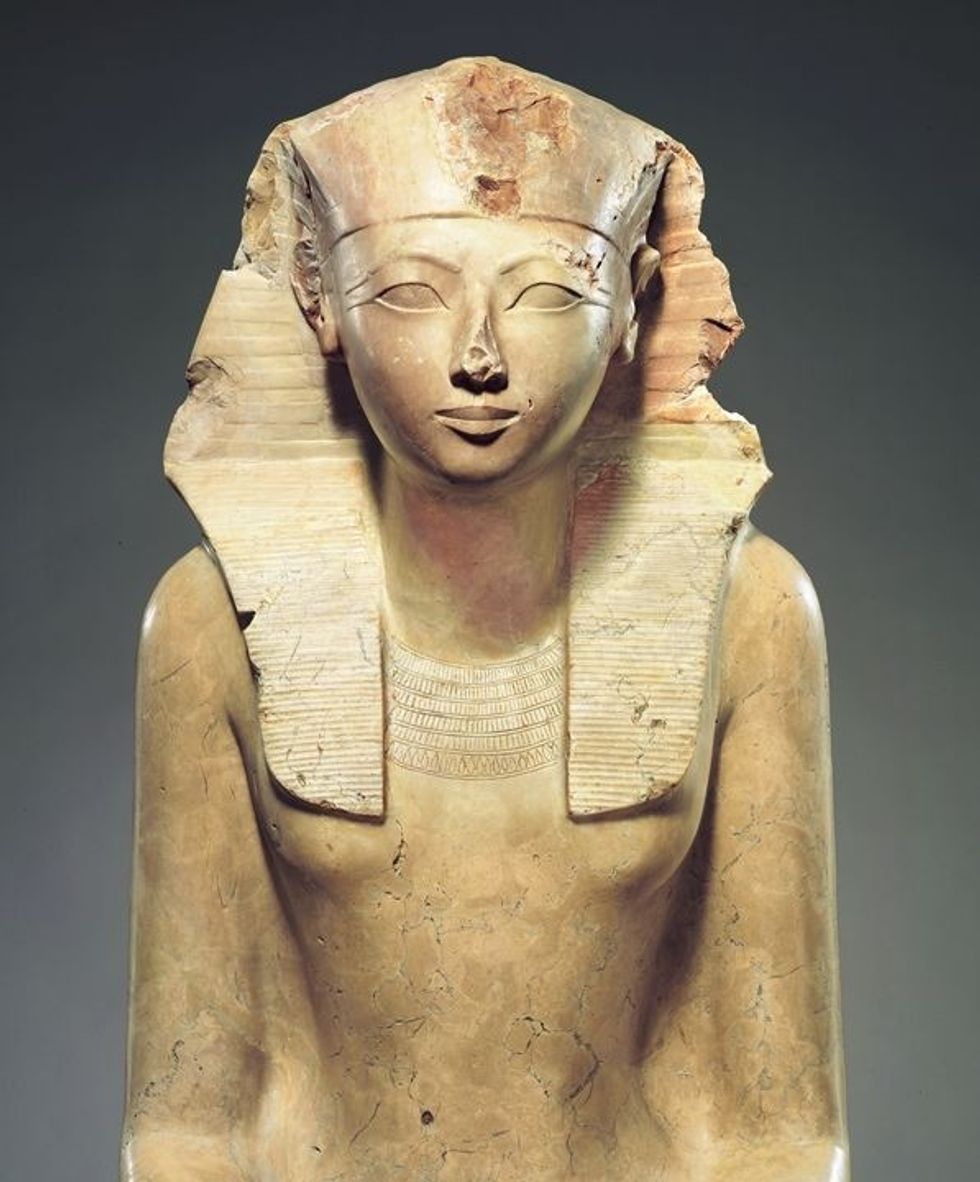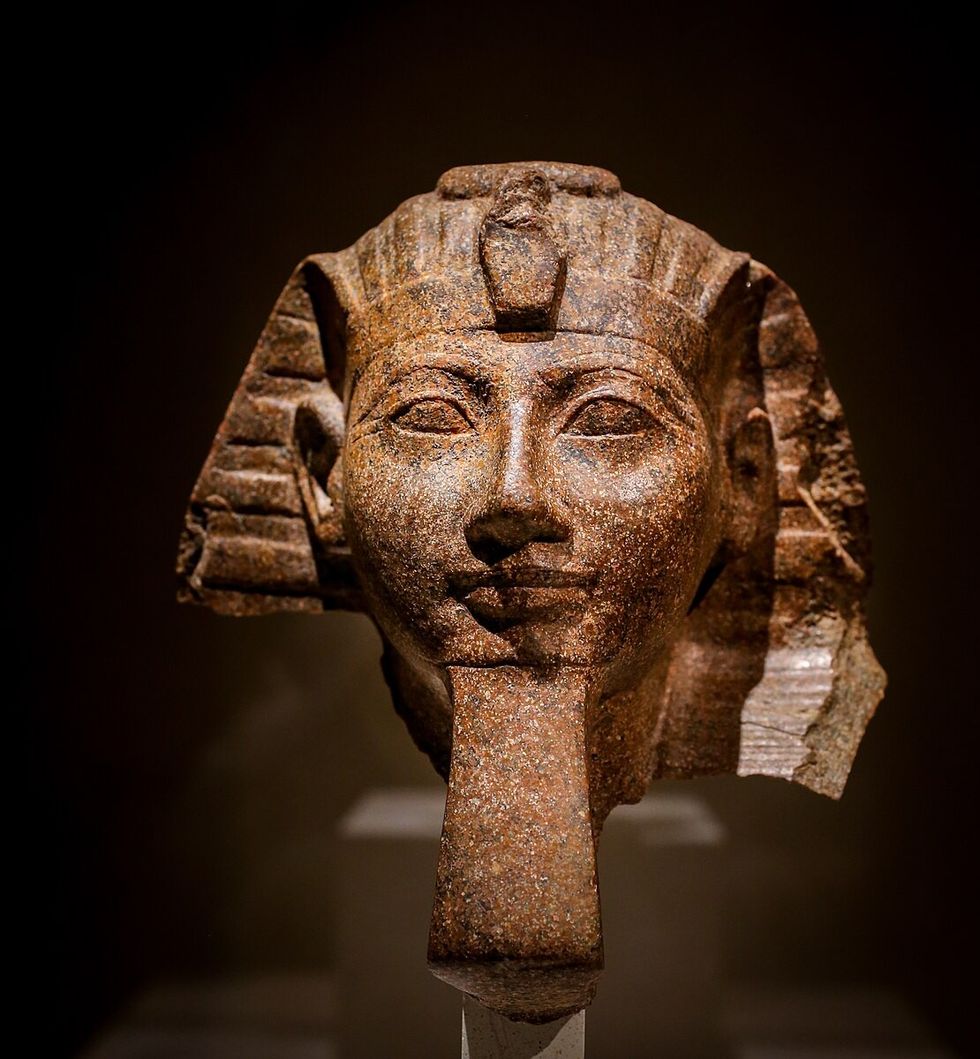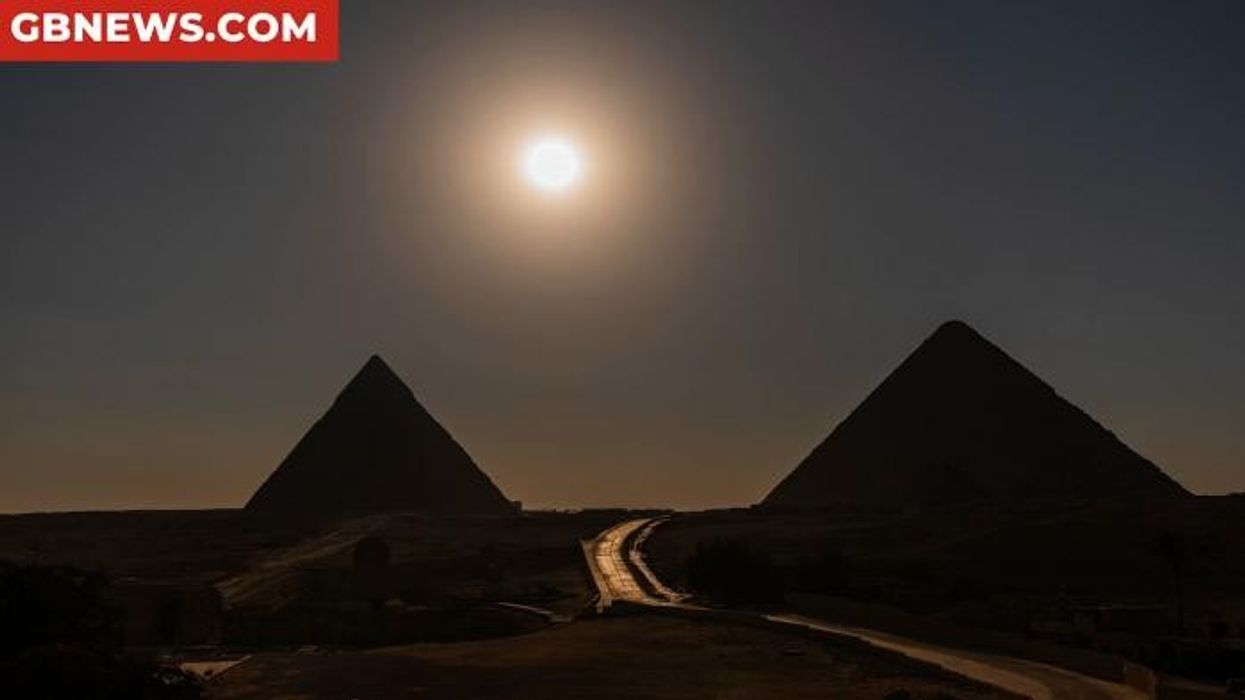Egypt's forgotten female pharaoh was not erased from history because of her gender, study finds
The pharaoh's remains were discovered in the Valley of the Kings in 1930
Don't Miss
Most Read
Fresh research has suggested that the gender of the Egyptian pharaoh Hatshepsut was not the reason she seemingly vanished from history.
The pioneering ruler, who crowned herself king and governed Egypt for two decades until 1458 BC, has long been thought to have suffered deliberate erasure by her male successors.
A University of Toronto study revealed that damaged statues of Hatshepsut were not destroyed out of gender-based animosity as previously believed.
Instead, the research indicates her monuments met the same fate as those of male pharaohs - methodical dismantling for practical reuse rather than vengeful obliteration.

The study suggests Hatshepsut's monuments met the same outcome as those of male pharaohs
| Wikimedia Commons"Hatshepsut was a prolific builder of monuments, and her reign saw great innovations in the artistic realm," Jun Yi Wong, an Egyptologist at the University of Toronto, told MailOnline.
His examination of unpublished field notes, drawings and photographs from 1920s excavations at Deir el-Bahri in Luxor revealed that numerous statues remained in relatively good condition with faces virtually intact.
The research challenges traditional narratives about her nephew and successor Thutmose III violently destroying her monuments.
Dr Wong said: "My research indicates that a large proportion of the destruction to Hatshepsut's statues was actually caused by the reuse of these statues as raw material."
LATEST DEVELOPMENTS:
Analysis of excavation records from the 1920s revealed that the statues were broken in a specific, methodical manner rather than smashed haphazardly in anger.
The damage occurred at structural weak points - the neck, waist and knees - suggesting deliberate dismantling.
This practice, known as "deactivation", was intended to neutralise any perceived worship towards a pharaoh who no longer reigned.
The strategically broken pieces were subsequently repurposed as building materials and tools in later periods.
Dr Wong stated: "In other words, this treatment does not necessarily denote hostility towards the depicted individual."

Hatshepsut was a prolific builder of monuments
|Wikimedia Commons
The findings suggest that Hatshepsut, who presided over Egypt's most peaceful and prosperous period in generations, received similar posthumous treatment to her male predecessors.
This contradicts the long-standing historical narrative that evidence of her successful reign was deliberately erased or reassigned to male forbears due to gender bias.
Despite ruling during the Eighteenth Dynasty - one of ancient Egypt's most powerful periods - Hatshepsut has remained largely forgotten by history.
Her remains, discovered in the Valley of the Kings in 1930, were not formally identified until 2007.











